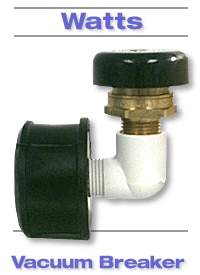Found another pool tech I have been speaking with. I shared my intentions about the MaxFlo, GFI breaker, and Jandy check valves. Initial talks are going okay, but I am trying to get him out here to visualize what my setup so he can give me a quote. In a recent call though, one thing came up that I figured I would have to bring up here.
He told me that he s/w his Hayward rep. and explained to him my setup. The pool tech told me (what I anticipated) that the Ecostar would be better suited for my needs, especially since the control module can be removed from the pump and mounted on the wall. I told him the MaxFlo would suffice, but yes the removable control module was the big selling factor for that pump. He was saying that both pumps would be very comparable in energy efficiency, and that the Ecostar would only need to ramp up RPM for the initial push of water to the solar on the roof. After that, he said something along the lines that it could be ramped back down a little b/c the solar would already be primed and the centrifugal force would be keeping the water going through the solar. I had mentioned what I learned here about having enough flow to keep the VRV closed which could be ascertained by hearing if air was getting sucked through the system and bubbles/air being produced in the pool return lines. He said that even if there are some minor bubbles, it's okay as the solar doesn't need the same RPM to keep it flowing through there, but rather just initially.
Does any of this sound legitimate? I never read/heard this about being able to ramp down the RPM a little after getting the solar primed. In the summer/swim season, I anticipated having to increase the RPM during the time solar is on, and especially during the time the solar and Polaris are on.
With the Maxflo, this would mean that I could only have 3 programs. Again speaking about during the swim season, my 1st speed would have to be higher b/c when it comes on the solar would most likely be on. 2nd speed would have to be even higher b/c it would have to cover the solar & Polaris. The 3rd speed would probably be the same as the 1st speed b/c solar would still be on.
I guess a benefit of the Ecostar would be that I could have 8 programs (way more than necessary). I could use 5 programs such as: 1) on w/out solar, 2) solar on, 3) solar & Polaris on, 4) solar on, Polaris off, 5) solar off. This would still leave me 2 more programs. If what this guy says is correct, that would mean that I could add in another speed for solar priming and then backing down.
The situation for the Ecostar vs. Maxflo again comes down to paying more for a larger pump that has more than enough programs and has the huge convenience of allowing me to remove and mount the control module on the wall, vs. the Maxflo with 3 programs, will cost less up front, and should be slightly cheaper than the Ecostar to own/operate over the pump's life.


